

Hot Sale High Quality 150g Black Window Door Assembly Sealant Adhesive For Window Door Bathroom Kitchen

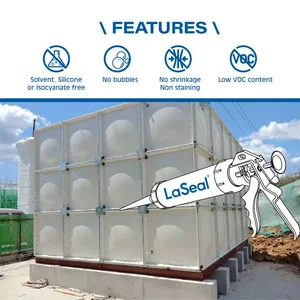
LaSeal Professional China Supplier 20Yrs Fast Drying MS Sealant Low VOC Flexible Bonding Paintable MS Polymer Sealant Adhesive

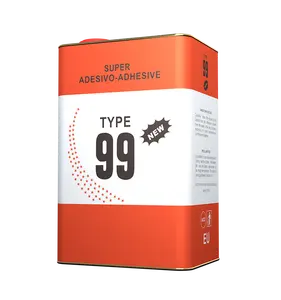






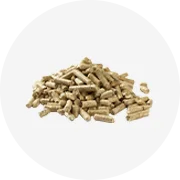
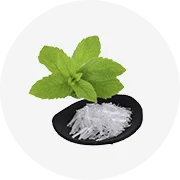
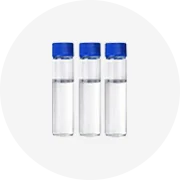
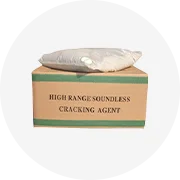
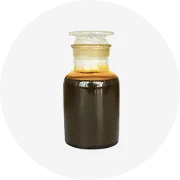
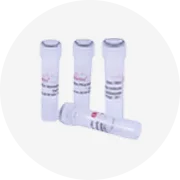
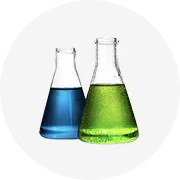
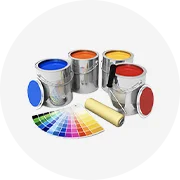
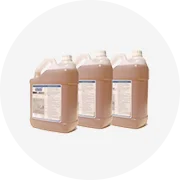
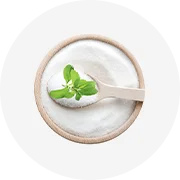

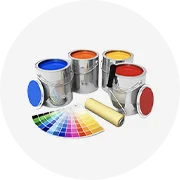
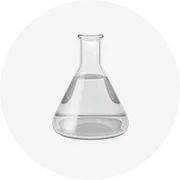
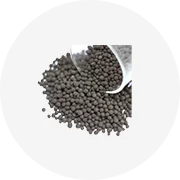
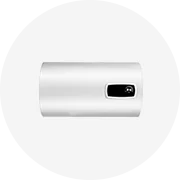
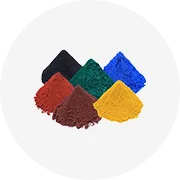
It's easy to complete your transaction online as well. Just do so on Alibaba.com in your online account area and then receive ongoing tracking updates to see where your order is at in real-time. Discover why so many businesses are turning to Alibaba.com for the neoprene adhesive supplies that their businesses need today.
Every potential neoprene product can be found in our catalog, which will suit manufacturers of everything from waterproof coats to mouse pads. For starters, you'll find lengths of fabric in various colors and textures. These rolls are ready to cut and process, without any extra processing, and will be great for quickly producing winter clothing or tech accessories. On the other hand, you can source raw neoprene in pellet form. That's a good solution for forming solid products like face masks or padding, and will suit industrial processors with high production volumes.
Take your DIY projects to the next level with quality neoprene adhesive available at wholesale price. Collect the ones that will make sure that your creation will stand the test of time. Plug and play is the basic rule of thumb along with style. While ensuring rust-free service by the pipe connectors, aesthetics is the key thing the buyers mostly inquire about. Cleaning should be easier without sacrificing the finish. Industry, factory, farmhouse, the need of neopork adhesive is never-ending. So, try to have a balance between retro and modern in your collection to attract all sorts of customers.